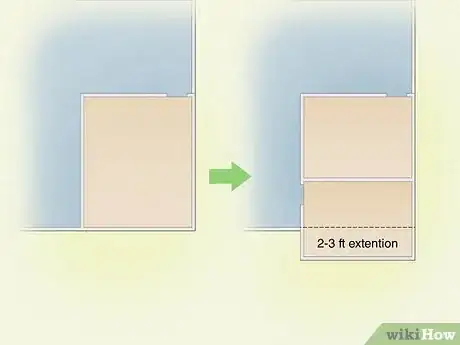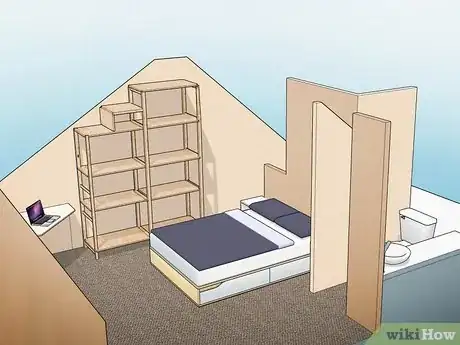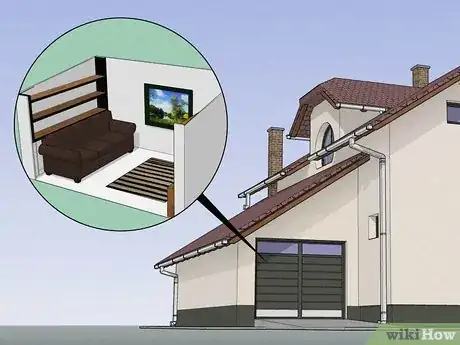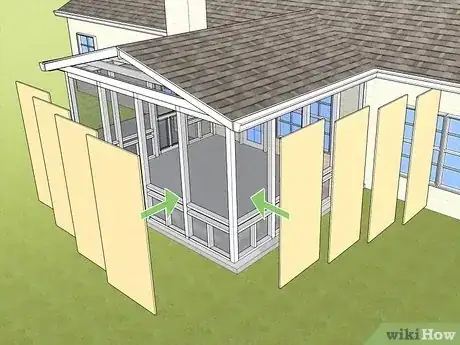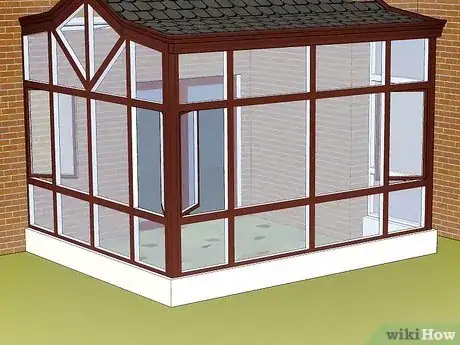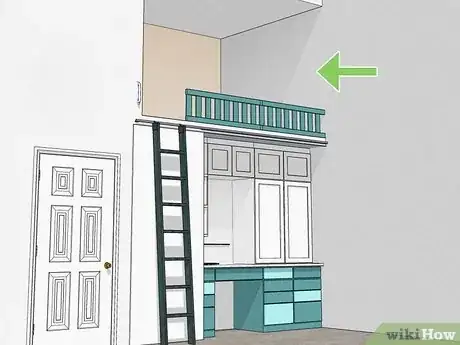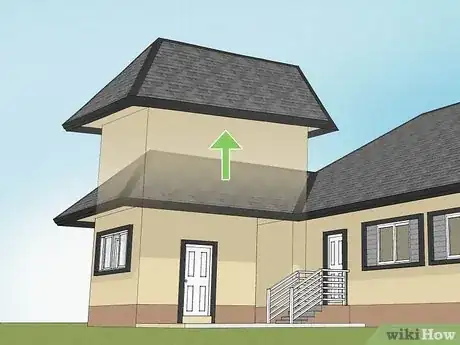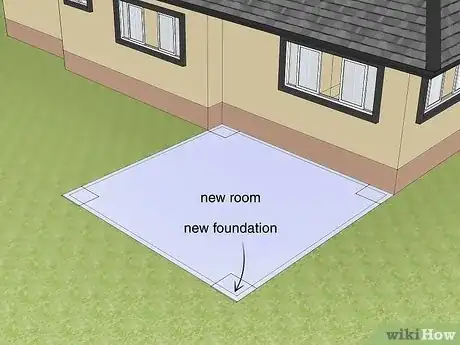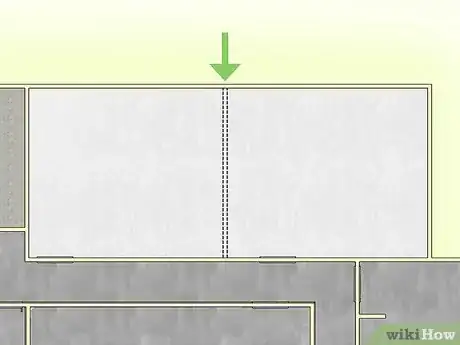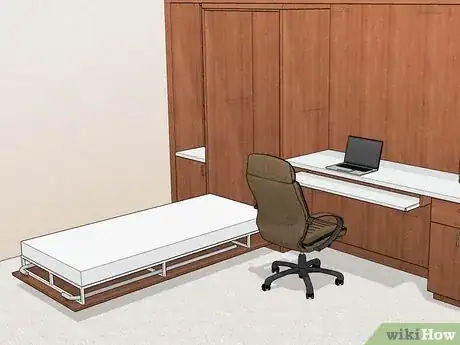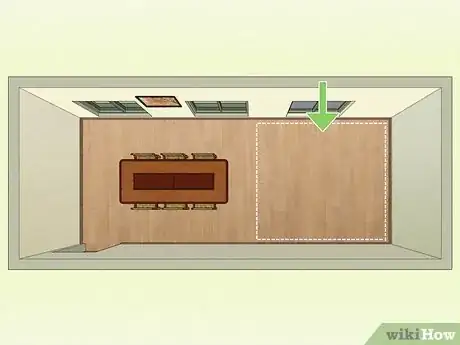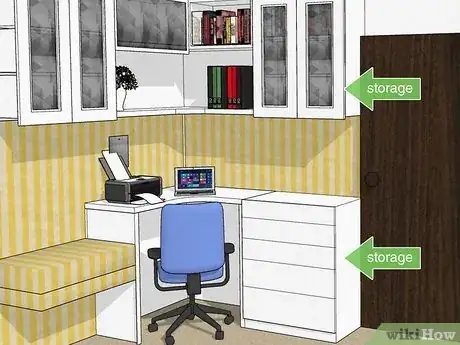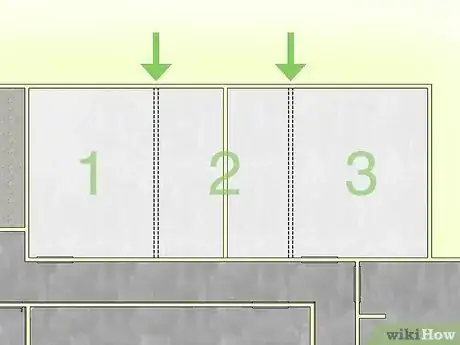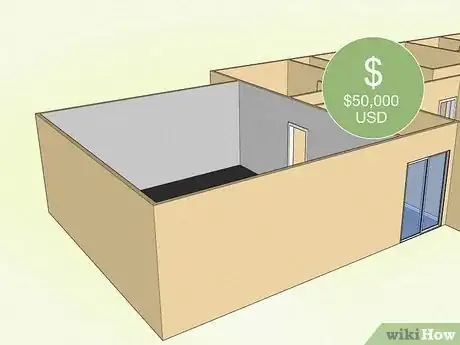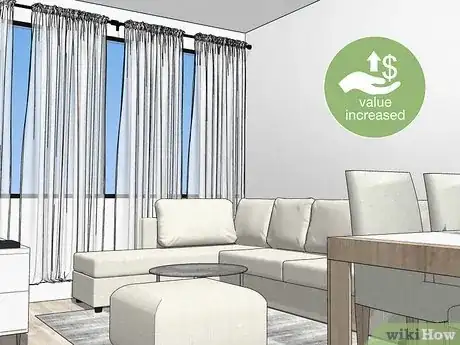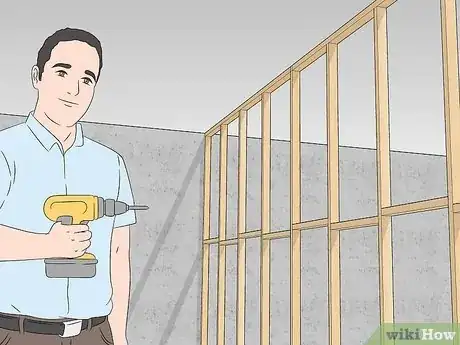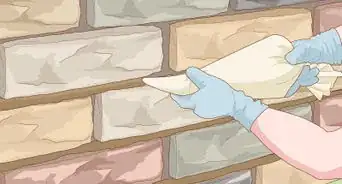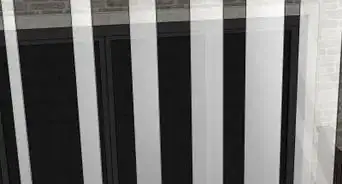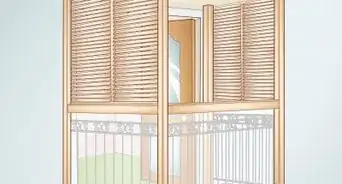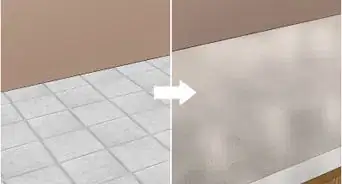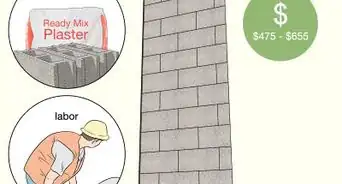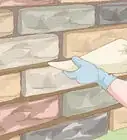This article was co-authored by wikiHow staff writer, Christopher M. Osborne, PhD. Christopher Osborne has been a wikiHow Content Creator since 2015. He is also a historian who holds a PhD from The University of Notre Dame and has taught at universities in and around Pittsburgh, PA. His scholarly publications and presentations focus on his research interests in early American history, but Chris also enjoys the challenges and rewards of writing wikiHow articles on a wide range of subjects.
There are 12 references cited in this article, which can be found at the bottom of the page.
Learn more...
Is your home feeling a bit crowded? Are you looking for a way to add another room without busting your budget? Good news—you have options! Room additions can include anything from dividing or repurposing an existing space to building “up” or “out” from your current home. To help out, we’ve gathered more than a dozen room addition ideas, as well as answers to FAQs such as overall cost and return on investment (ROI).
Things You Should Know
- Remodel a currently unfinished space—like an attic, basement, garage, or porch—to save money versus a completely new room addition.
- Building “up” is often (but not always) cheaper than building “out” when adding to an existing home, especially if you need to dig a new foundation.
- Create a room out of your existing space—such as by dividing a room or repurposing a rarely-used room—for the most budget-friendly option.
Steps
Adding New Living Space
-
1Extend off of an existing room with a bump-out. A traditional bump-out—an extension of a room beyond the current exterior wall that isn’t held up by a foundation or support beams—can extend out about 2–3 ft (61–91 cm). While this isn’t enough area to make a new room on its own, it may be enough for you to divide a current single room into two rooms, or turn the enlarged room into a multi-function space.[1]
- While the costs can vary greatly depending on factors like the amount of structural work required to support the bump-out, this kind of addition often costs around $5,000-$10,000 USD.[2]
-
2Remodel an unfinished attic or basement. Assuming that the space meets the minimum code requirements where you live—such as for ceiling height—converting an existing unfinished attic or basement is nearly always cheaper than adding on to your home. The average cost to finish a basement is around $20,000 USD.[3] This is a bit less than the average for an attic—around $25,000 USD.[4]
- The minimum ceiling height for finished living space is often 7 ft (2.1 m), and there are usually requirements for emergency egress (such as through a window or door) in case of fire.
Advertisement -
3Convert a garage, or build on top of it. Similar to converting a basement or attic, a garage conversion is typically more affordable than a new addition—the average cost is somewhere around $15,000-$20,000 USD.[5] Alternatively, building a room above a detached or semi-detached garage is comparable to building above your existing living space—it can end up costing $150,000 USD or more.[6]
-
4Enclose an existing porch. In some cases, enclosing a porch may be as straightforward as installing windows and a door in the existing openings. That said, if you want the porch to become an all-season room, you’ll have to factor in things like insulation, heating/cooling, wiring, and flooring. In that case, you’re probably looking at a price range starting at around $15,000 USD.[7]
-
5Add a sunroom. Some sunrooms are transformations of an existing space, such as converting a porch. Often, though, a sunroom is installed over an existing concrete patio, or added from scratch over a new concrete pad. In any case, adding a sunroom gives you 2-, 3-, or 4-season functionality, depending on your climate.[8]
- Prefabricated sunrooms typically cost around $15,000 USD, while custom-built ones usually start at around $25,000 USD.[9]
-
6Add a loft above a room with a high ceiling. Many modern homes have high, sometimes vaulted, ceilings in open areas like the living room. You may be able to put this empty space to use by adding a loft bedroom, play area, hideaway, office, or storage space (which can open up another room in the house for reuse).[10]
- For example, if you have a high ceiling over an open-concept kitchen, you might be able to tuck an office loft above a wall of cabinets and the fridge.
- Or, if your second floor hallway serves as a balcony that overlooks your family room, you may be able to recapture that vaulted space to add another bedroom to the second floor.
- The cost varies widely based on your situation and needs—but you’re probably looking at around $80,000 to add a 200 sq ft (19 m2) loft addition.[11]
-
7Lift off the roof and add another story. When you want to add square footage (square meterage?) to your home, the question often comes down to this—"Should I build up or out?" Building “up”—that is, adding another story onto your home—is often, but not always, the more affordable option. There are simply too many unique factors at play to make a blanket statement about the more affordable option.[12]
- Adding a 1,000 sq ft (93 m2) level on your home costs $150,000-$200,000 USD on average.
- Keep in mind that building “up” may be more disruptive than building “out” if you remain in the home during construction.
-
8Build a new room beyond the existing home footprint. Building “out” is, in many ways, like building a tiny house from scratch that happens to be attached to your existing home. It’ll require a new foundation, its own roof, and everything else in between. More often than not, building “out” is pricier than building “up,” but talk to multiple architects and contractors to get an idea of the comparative costs in your case.[13]
- Plan to spend somewhere around $200,000 USD or more here.
Re-Working Existing Space
-
1Divide a single room into two rooms. If you just need to add a room to your home, not add more room to your home, dividing an existing room is often the simplest and cheapest solution. You can, for example, divide one larger bedroom into two smaller ones with room dividing curtains or modular panels, or build a framed-in wall, depending on your budget and preferences.[14]
- Please note that your local building code may restrict your options when dividing a room, especially a bedroom. Each bedroom, for example, may need to have its own means of egress (escape), such as a door or window, in case of fire.
-
2Create a multi-function room to get two rooms in one. Okay, you’re not actually adding a new room here, but you are creating two-for-one value out of a single room. This works best with rooms that are used mainly at different times of day. You might use a futon to double-up a home office and a guest bedroom, or install a wall bed to create a den-bedroom combination.[15]
-
3Repurpose a room you rarely use. If you’re like a lot of people these days, there’s a good chance you have a dining room that you hardly ever use for dining. Instead of keeping that space for the very occasional dinner party or holiday gathering, why not convert it into an office, playroom, bedroom, etc? You’ll gain a room without actually adding a room![16]
- Say your dining room has two doorways, one leading to the living room, one to the kitchen. You might create a bedroom or office by adding a door to the living room opening and closing off the kitchen doorway with a bookshelf or wardrobe.
-
4Max out on storage to free up space you can repurpose. Sometimes the new room you need is already there…it’s just occupied by stuff that you can get out of the way! Maximizing your existing space with efficient storage can free up a room (or most of a room) without sacrificing its function. For example:[17]
- With a compact but well-designed computer desk and a thoughtful mix of shelves and drawers, you might be able to confine your home office to a single wall or corner and open up the rest of the room to serve as a guest bedroom, library, or walk-in closet.
- With a stackable washer and dryer and rows of low and high wall cabinets, you may find the space to add a powder room to your existing laundry room.
-
5Reconfigure 2 rooms into 3 or 3 into 4. Unless it involves major structural changes—like taking down multiple load-bearing walls—reconfiguring existing space is nearly always cheaper than adding on space. If you have 3 large-ish bedrooms and need a fourth one, for instance, knocking down the interior walls and rebuilding the space into 4 somewhat smaller bedrooms could save you big bucks versus an addition.[18]
- Think of it this way: if you currently have 3 bedrooms that are each 200 sq ft (19 m2), you may be able to turn that into 4 bedrooms that are each 150 sq ft (14 m2) (200 x 3 = 150 x 4 = 600).
References
- ↑ https://www.realtor.com/advice/home-improvement/make-some-room-cheap-ways-to-add-space-to-your-too-small-house/
- ↑ https://www.bobvila.com/articles/home-addition-cost/
- ↑ https://www.forbes.com/home-improvement/foundation/cost-to-finish-basement/
- ↑ https://www.bobvila.com/articles/cost-to-finish-attic/
- ↑ https://www.bobvila.com/articles/garage-conversion-cost/
- ↑ https://www.bobvila.com/articles/home-addition-cost/
- ↑ https://www.realtor.com/advice/home-improvement/make-some-room-cheap-ways-to-add-space-to-your-too-small-house/
- ↑ https://www.realtor.com/advice/home-improvement/make-some-room-cheap-ways-to-add-space-to-your-too-small-house/
- ↑ https://www.bobvila.com/articles/home-addition-cost/
- ↑ https://www.realtor.com/advice/home-improvement/make-some-room-cheap-ways-to-add-space-to-your-too-small-house/
- ↑ https://www.loftcrafters.com/frequently-asked-question/
- ↑ https://www.bobvila.com/articles/home-addition-cost/
- ↑ https://www.bobvila.com/articles/home-addition-cost/
- ↑ https://www.homebuilding.co.uk/ideas/ways-to-add-an-extra-bedroom-without-extending
- ↑ https://www.bhg.com/decorating/lessons/expert-advice/how-to-design-a-flex-space/
- ↑ https://www.jsonline.com/story/life/home-garden/2017/10/15/space-reclaimed-formal-dining-rooms-get-year-round-makeovers-dinner-not-served-formal-dining-rooms-g/723457001/
- ↑ https://www.thisoldhouse.com/storage-organization/21018128/37-ways-to-add-storage-to-every-room
- ↑ https://www.homebuilding.co.uk/ideas/ways-to-add-an-extra-bedroom-without-extending
- ↑ https://www.bobvila.com/articles/home-addition-cost/
- ↑ https://canadianhometrends.com/why-adding-an-addition-to-your-home-can-be-a-good-investment/
- ↑ https://www.classichomeremodeling.com/diy-home-addition-is-it-really-worth-it/
